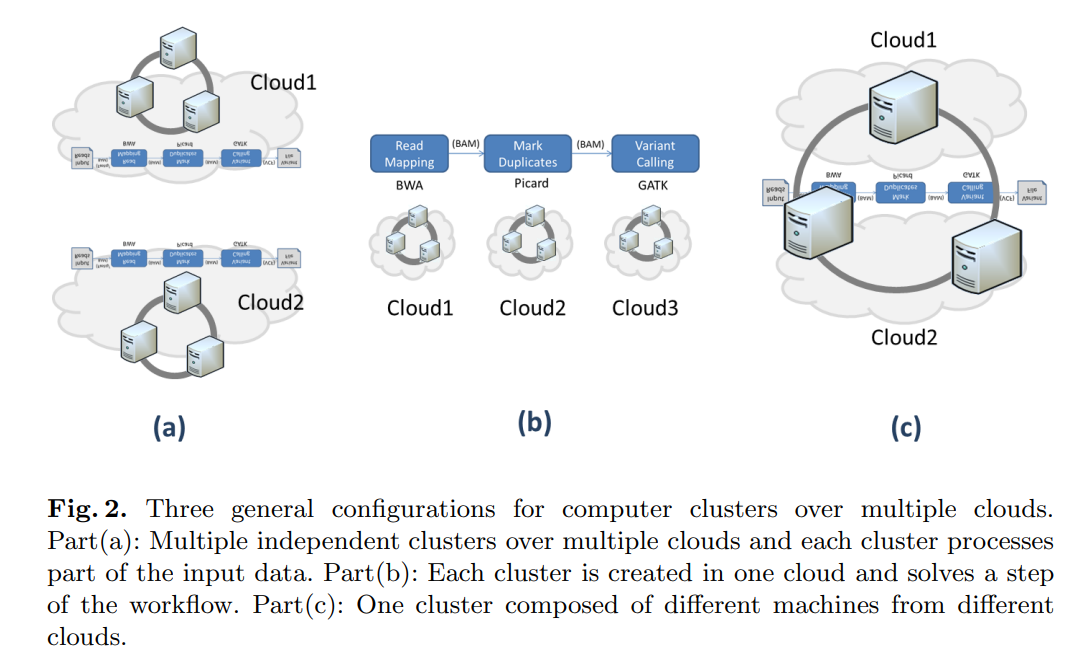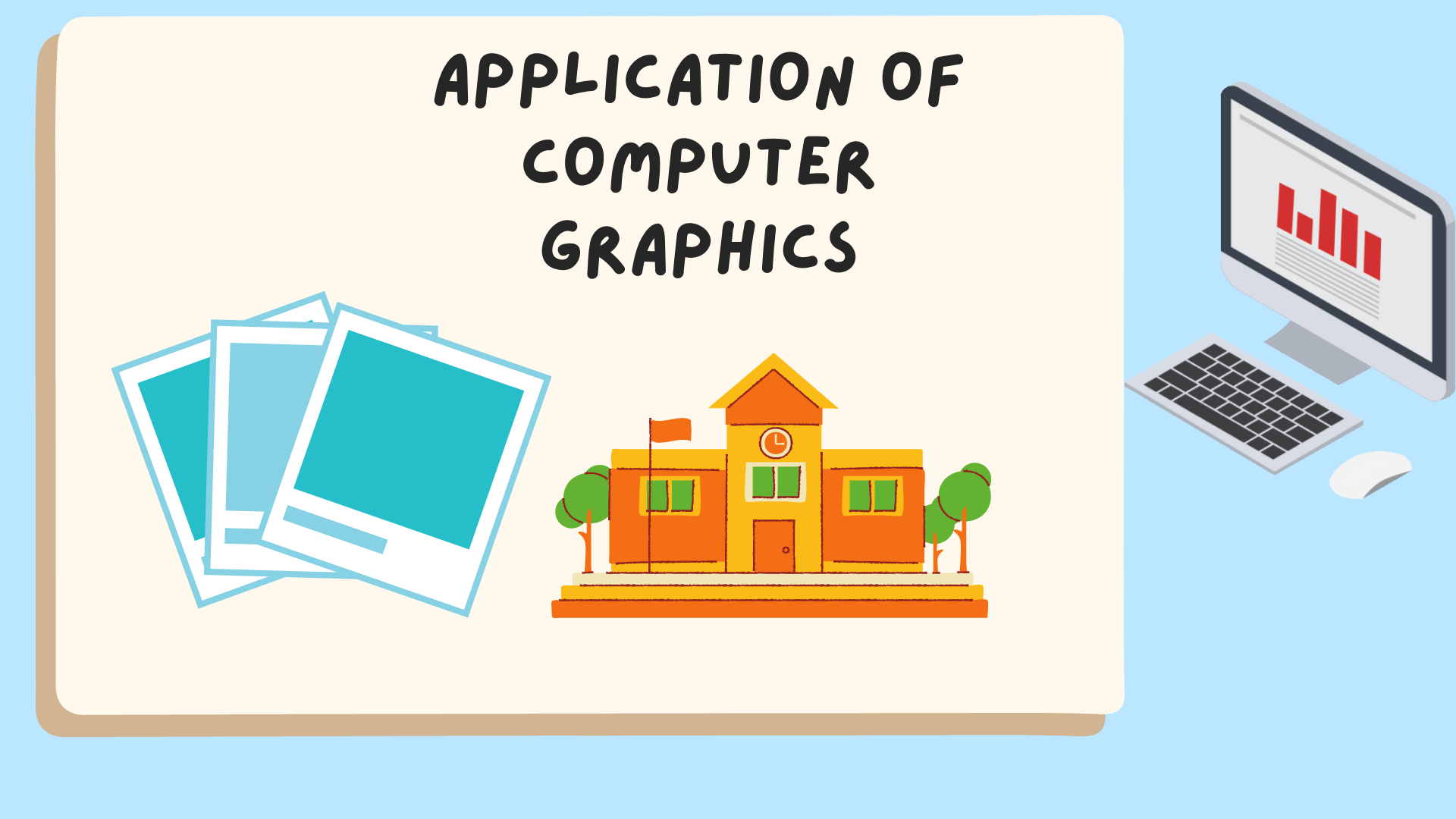Breadcrumb

Supporting bioinformatics applications with hybrid multi-cloud services
Cloud computing provides a promising solution to the big data problem associated with next generation sequencing applications. The increasing number of cloud service providers, who compete in terms of performance and price, is a clear indication of a growing market with high demand. However, current cloud computing based applications in bioinformatics do not profit from this progress, because they are still limited to just one cloud service provider. In this paper, we present different use case scenarios using hybrid services and resources from multiple cloud providers for bioinformatics

Strain correction in interleaved strain-encoded (SENC) cardiac MR
The strain encoding (SENC) technique directly encodes regional strain of the heart into the acquired MR images and produces two images with two different tunings so that longitudinal strain, on the short-axis view, or circumferential strain on the long-axis view, are measured. Interleaving acquisition is used to shorten the acquisition time of the two tuned images by 50%, but it suffers from errors in the strain calculations due to inter-tunings motion of the heart. In this work, we propose a method to correct for the inter-tunings motion by estimating the motion-induced shift in the spatial
New governance framework to secure cloud computing
Cloud computing is enabling proper, on-demand network access to a shared pool of computing resources that is elastic in reserve and release with minimal interaction from cloud service provider. As cloud gains maturity, cloud service providers are becoming more competitive, which increase the percentage of cloud adoption. But security remains the most cited challenge in Cloud. So, while we are progressing in cloud adoption, we have to define key elements of our cloud strategy and governance. Governance is about applying policies relating to used services. Therefore, it has to include the
Streaming support for data intensive cloud-based sequence analysis
Named entity recognition of persons' names in Arabic tweets
The rise in Arabic usage within various socialmedia platforms, and notably in Twitter, has led to a growing interest in building ArabicNatural Language Processing (NLP) applications capable of dealing with informal colloquialArabic, as it is the most commonly used form of Arabic in social media. The uniquecharacteristics of the Arabic language make the extraction of Arabic named entities achallenging task, to which, the nature of tweets adds new dimensions. The majority ofprevious research done on Arabic NER focused on extracting entities from the formallanguage, namely Modern Standard Arabic
Interactive 3D visualization for wireless sensor networks
Wireless sensor networks open up a new realm of ubiquitous computing applications based on distributed large-scale data collection by embedded sensor nodes that are wirelessly connected and seamlessly integrated within the environment. 3D visualization of sensory data is a challenging issue, however, due to the large number of sensors used in typical deployments, continuous data streams, and constantly varying network topology. This paper describes a practical approach for interactive 3D visualization of wireless sensor network data. A regular 3D grid is reconstructed using scattered sensor

Myocardial segmentation using contour-constrained optical flow tracking
Despite the important role of object tracking using the Optical Flow (OF) in computer graphics applications, it has a limited role in segmenting speckle-free medical images such as magnetic resonance images of the heart. In this work, we propose a novel solution of the OF equation that allows incorporating additional constraints of the shape of the segmented object. We formulate a cost function that include the OF constraint in addition to myocardial contour properties such as smoothness and elasticity. The method is totally different from the common naïve combination of OF estimation within
Myocardium segmentation in strain-encoded (SENC) magnetic resonance images using graph-cuts
In silico design and experimental validation of sirnas targeting conserved regions of multiple hepatitis c virus genotypes
New approach for data acquisition and image reconstruction in parallel magnetic resonance imaging
In this study, we propose a novel data acquisition and image reconstruction method for parallel magnetic resonance imaging (MRI). The proposed method improves the GRAPPA algorithm by simultaneously collecting data using the body coil in addition to localized surface coils. The body coil data is included in the GRAPPA reconstruction as an additional coil. The reconstructed body coil image shows greater uniformity over the field of view than the conventional sum-of-squares (SoS) reconstruction that is conventionally used with GRAPPA. The body coil image can also be used to correct for spatial
Pagination
- Page 1
- Next page ››
